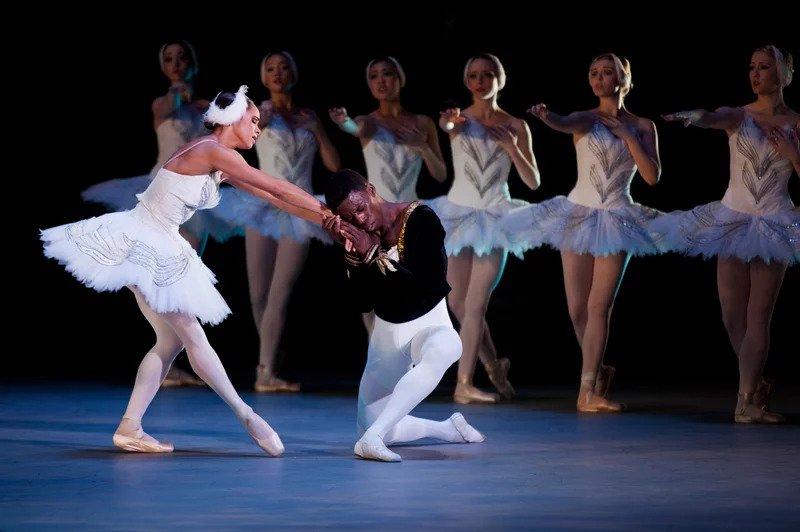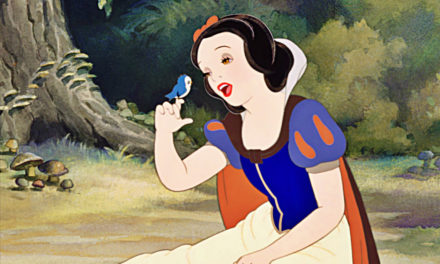Tobacco also rang the bell - we can learn from the article of 888.hu. Ballerinas' frilly, lacy little skirts are also sacrificed on the altar of gender neutrality. It is said that the best dancers would be happy to give up the traditional garment, because it "restricts" them both physically and artistically, and they can move more freely in gender-neutral costumes.
Will the tutu go to the museum? According to the English newspaper Observer, more and more ballerinas and dance artists are renouncing the traditional costume that appeared in 1832, the former symbol of classical ballet. The retired Leanne Benjamin, , revealed in her autobiography that she didn't like tulle skirts.
"I didn't like it, but most of my peers were happy to dance in it," Ms. Benjamin said, adding that of course she can't speak for others, but wearing a tutu can influence the conversation about gender identity, and it's no wonder that traditional ballet heroes they can also react to changes in society with their new, modern clothes.
the Australian Ballet's artistic director, David Hallberg, revealed that his dancers are happy to ditch the tulle skirt to try something new. The director's dancers, of course, take the stage without tutu.
"I think the Australian audience is very open," Mr Hallberg told the Guardian. – "Ballet artists are also happy to try new things and do not limit themselves to such limitations as traditional companies, the Russian Bolshoi or the French ballet."
Jo Meredith , creative director of the UK National Youth Ballet, is already riding the waves created by the new winds in Kurt Weill's Of course, he gave up on the tütü. According to him, young ballet dancers are up-to-date on issues related to gender identity, and this has also influenced their artistic decisions. Jo Meredith gave the example of the Spanish ballerina and director Tamara Rojo , head of the National Ballet of the Coliseum in London, who also banished the tulle skirt from the stage in the adaptation of Raymonda choreographed by Alexander Glazunov and Marius Petipa
Meredith is convinced that the concept of the ballerina is evolving, although the costumes of basic figures of the art branch such as Giselle or the Sugar Plum Fairy from The Nutcracker are still rooted in tradition, "gender-neutral" clothes can bring novelty and freshness.
2022plus : In addition to deifying "newness and freshness", let's not forget about spreading idiocy. In the language of ballet, newcomers are especially skilled workers. The time may soon come when women's roles will be assigned to men and men's roles to women, because this is a "new and fresh" approach. Or do the artists simply have to change their clothes, why can't the male dancer wear tutu? If Scottish men can wear skirts, why can't ballet dancers? It's true, there is a little risk, the horse's leg could accidentally stick out, but it would be a nice sight, wouldn't it? And "new and fresh".
Source: 888.hu
(Header image: npr.org)













